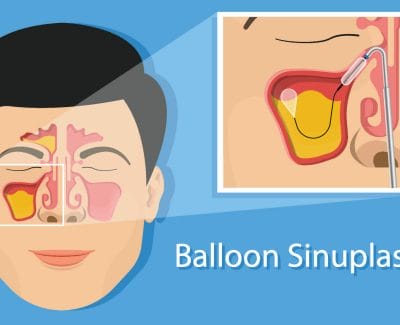Introduction
The sinuses are hollow spaces in the skull that produce mucus. The mucus helps filter debris or germs in the air we breathe. Each sinus has a narrow opening that allows mucus to drain.
Sinusitis is one of the most common diseases in the world. It affects tens of millions of people in the US alone. When a person has sinusitis, the lining of the nose and sinuses becomes inflamed. This swelling can block the openings of the sinuses. Persons with narrower sinus openings are more susceptible to blockage of these openings. When the openings of the sinuses are obstructed, this often results in a build-up of mucus. It can also lead to infection. Patients with sinusitis can suffer from facial pain and/or pressure, thick mucus, nasal congestion, and decreased smell and taste.
The treatment for sinusitis can include antibiotics, topical or oral steroids, saline irrigations, and decongestants. Surgical treatment may be considered if medications fail. The goal of surgery is to enlarge the sinus openings. In traditional sinus surgery, bone and tissue are removed to widen the sinus openings. A similar goal, in certain properly selected patients, can be accomplished with a procedure called balloon sinuplasty. Balloon sinuplasty involves a dilation or stretching of the natural sinus openings. Whether a patient would benefit from balloon sinuplasty depends on the location, severity and type of chronic sinusitis.
Procedure
Balloon sinuplasty enlarges the sinus openings without cutting or removing tissue or bone. The first step involves identifying the natural opening of the sinus.
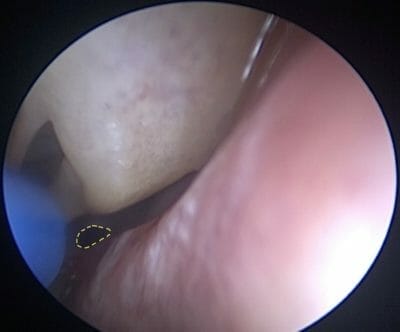
The second step involves passing a guide-wire or probe into the opening.
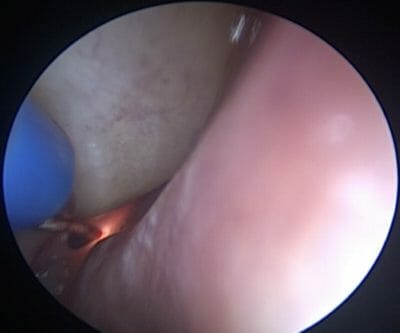
Illumination or computer guidance can confirm the wire is in the correct sinus. Next, a special deflated balloon is passed over the guide-wire or probe and into the sinus opening.
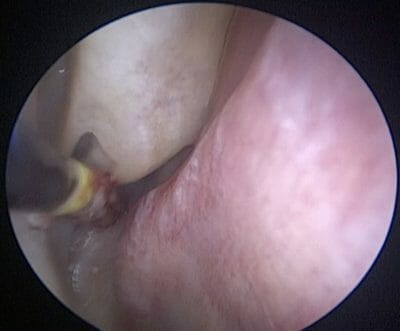
The balloon is briefly inflated and widens the opening.
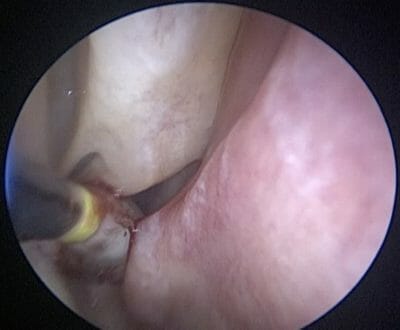
The wider opening can now empty and clear mucus.
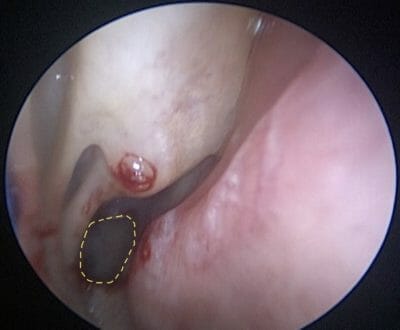
Additionally, the surgeon can suction and irrigate the sinuses during the procedure.
Research shows for the right patient, symptom improvement and good patient satisfaction after the procedure. One advantage of balloon sinuplasty is that the procedure can be performed under local anesthesia in the doctor’s office and complications are very rare. Also, recovery time is generally shorter than traditional sinus surgery. Many patients return to normal activities and work within days.
Summary
When medications fail, balloon sinuplasty may be a safe and effective treatment for sinusitis. To discuss whether the procedure is right for you, please contact your otolaryngologist.
Copyright © 2020 by the American Rhinologic Society

